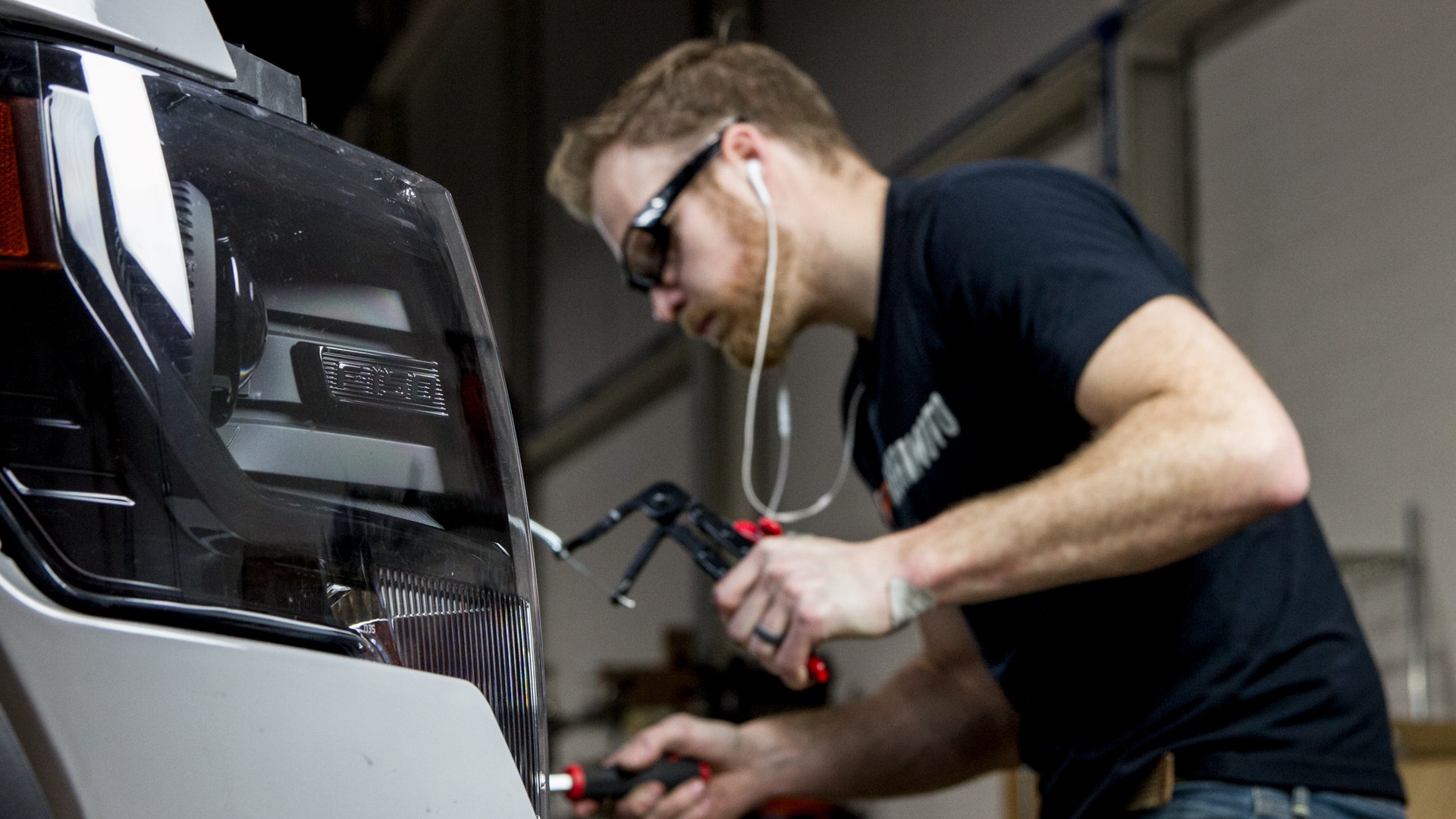
One of the Greats - Radiator R&D, Part 2: Prototype
Becoming "the best" is hardly ever an easy task. Neil Armstrong didn't just wake up one morning in his parents' basement and decide to go for a stroll on the moon later that day. Reaching the top requires hard work and perseverance, and for automotive manufacturers it often requires walking a thin line between quality and cost. After all, if you build an incredible vehicle that performs and looks better than the rest, yet nobody can afford it, is it really the best? Over the past 44 years, the F-150 and its creators at Ford have been towing that line well enough to put the F-150 at the top of nearly every list for best truck in the world.
Staying at the top that long isn't an easy feat either. Each year, the F-150 evolves to preserve its top spot in the truck world. But even if you don't own the newest F-150, you can still make it one of the best trucks on the road with quality parts. For the past 4 months, we've been developing a radiator for the 2011-2014 F-150 to help keep these aging trucks at the top with their younger successors.

In our last post, we looked at the two stock radiators offered with the various F-150 engines and determined that we would need two different radiators. Both radiators will share the same core, but the Raptor will get a radiator with a fill neck.

Aside from the fill neck and one port on the back of the non-Raptor radiator, the two radiators are essentially identical. That meant we only needed to create and test-fit one prototype. Clearance between the hood and the fill neck is always a concern when we make a radiator larger, so our prototype will include the fill neck from the Raptor radiator. With the measurements from the stock radiators, we could 3D-print our end tanks and weld together a prototype core.

After cleaning up the 3D-printed end tanks, we assembled them onto our prototype core. A few minutes later, the epoxy was dry and we were ready for a test fit. Our core will be over 50% thicker than the Super Cooling radiator and will hold 150% more coolant, so this test fit is a crucial step in making sure all that extra radiator still fits in the truck. We pulled the stock radiator out of our volunteer truck one more time and bolted in our prototype.

Our engineer was satisfied to see that the prototype bolted in and fit like a glove. There was plenty of room for the fan shroud, hoses, and other auxiliary components behind the radiator. Best of all, the hood shut without hitting the fill neck.

With our prototype test fit complete, the next step in our 2011-2014 F-150 radiator R&D process is to replicate our protype as a functional aluminum radiator. Once we have our production sample in the shop, we'll be test fitting it again to make sure it still fits as well as the prototype did. So keep an eye out for the next update and, as always, let us know what you think.









